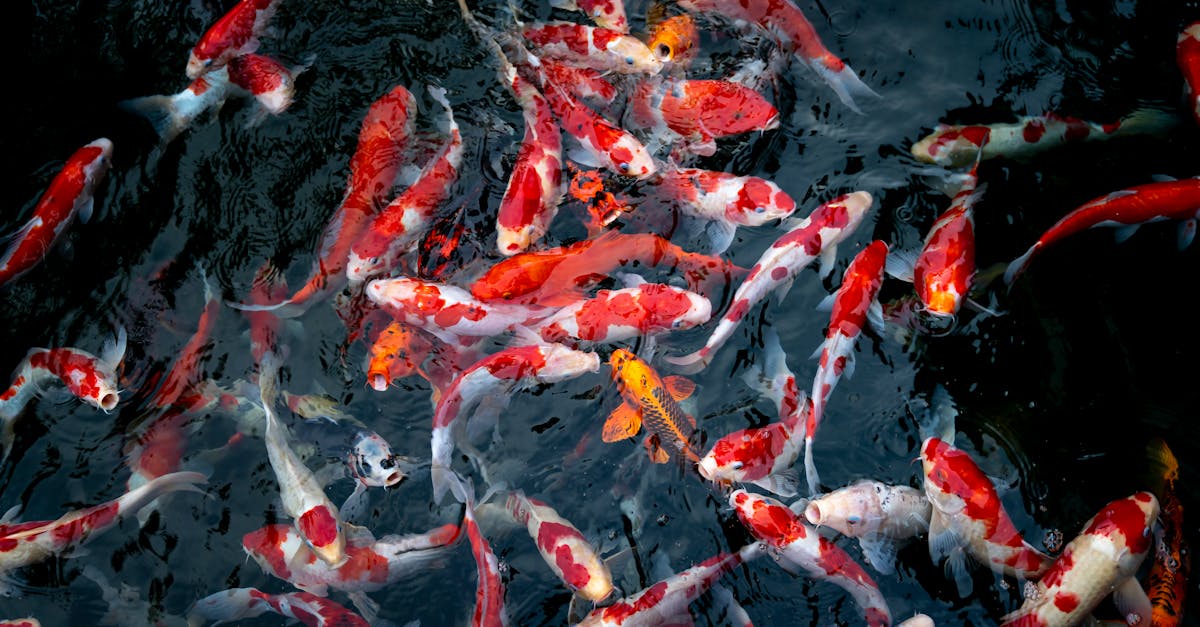
Poaching Fish for Low Histamine Meals
Grilling Fish
but monitor the temperature closely. Cook the fish just until it flakes easily with a fork to retain moisture and avoid overcooking. Keeping the grilling time short can also help minimise histamine formation, allowing for a delicious and safe meal.Low Histamine Fish
Baking Fish
Baking fish has been a favoured cooking method across many cultures for centuries. This technique allows the natural flavours of the fish to shine while also providing a means to retain moisture. Ancient civilisations often utilised clay or stone ovens, placing the fish directly on heated stones or wrapping it in leaves to steam. These methods ensured that the delicate flesh cooked evenly, preserving its texture and taste.
The versatility of baking offers a plethora of possibilities, from simple seasoning to elaborate marinades using low histamine ingredients. Traditional recipes may call for the use of herb oils or citrus zest, enhancing the overall flavour without the addition of high histamine components. En papillote, a French method involving parchment paper, creates a sealed environment for the fish, facilitating aromatic infusion while retaining moisture and preventing dryness. This technique serves as an excellent example of how ancient practices can adapt to modern dietary needs.
Using En Papillote for Moisture Retention
This method involves wrapping fish in parchment paper, creating a sealed environment that retains moisture during the cooking process. As the fish cooks, steam forms inside the pouch, resulting in tender and flavourful fillets. The natural juices of the fish combine with any added herbs or vegetables, enhancing the overall taste without needing excess sauces or oils.
Using this technique is particularly advantageous for low histamine diets, as it minimises the risk of histamine formation. The gentle cooking method allows for even heat distribution, ensuring that the fish remains moist while also reducing cooking time. This approach can be a practical way to create delicious meals without compromising on health requirements.
FAQS
What are low histamine fish and why are they important?
Low histamine fish are varieties of fish that are less likely to produce histamine when stored and prepared properly. They are essential for individuals with histamine intolerance, as consuming high-histamine foods can lead to adverse reactions.
How does poaching fish help to maintain low histamine levels?
Poaching fish involves cooking it gently in water or broth at low temperatures, which reduces the risk of histamine formation compared to more aggressive cooking methods. This technique also helps retain moisture and flavour.
What are some traditional flavour infusing techniques when poaching fish?
Traditional techniques for infusing flavour while poaching fish include adding herbs like dill or parsley, citrus slices, aromatics such as onion and garlic, and spices like peppercorns to the poaching liquid.
What grilling methods are best for keeping fish low histamine?
To keep histamine levels low while grilling fish, it's advisable to use fresh fish, avoid marinating in high-histamine ingredients (like vinegar or fermented sauces), and ensure that the grill is clean to prevent cross-contamination with leftover residues.
Can you explain the en papillote cooking style and its benefits for fish?
En papillote is a cooking technique where fish is sealed in a parchment paper pouch, allowing it to steam in its own juices. This method helps retain moisture and enhances flavour without the need for added fats or high-histamine ingredients.
Related LinksCopyright © Low Histamine Fish. All rights reserved.
Review of the Best Fish for Low Histamine DietsWhy Choosing Low Histamine Fish Matters